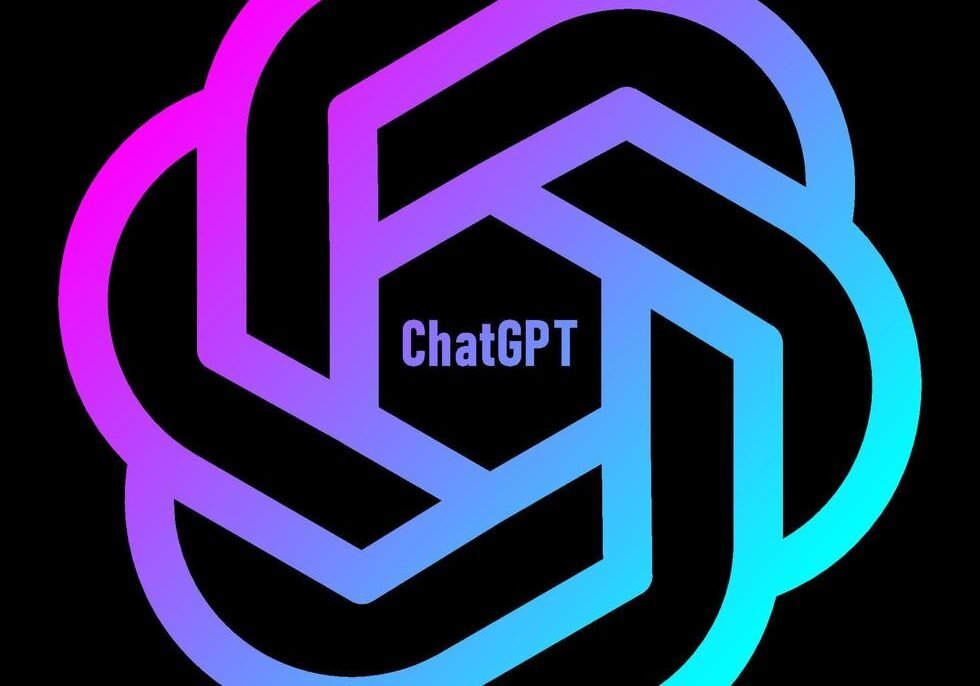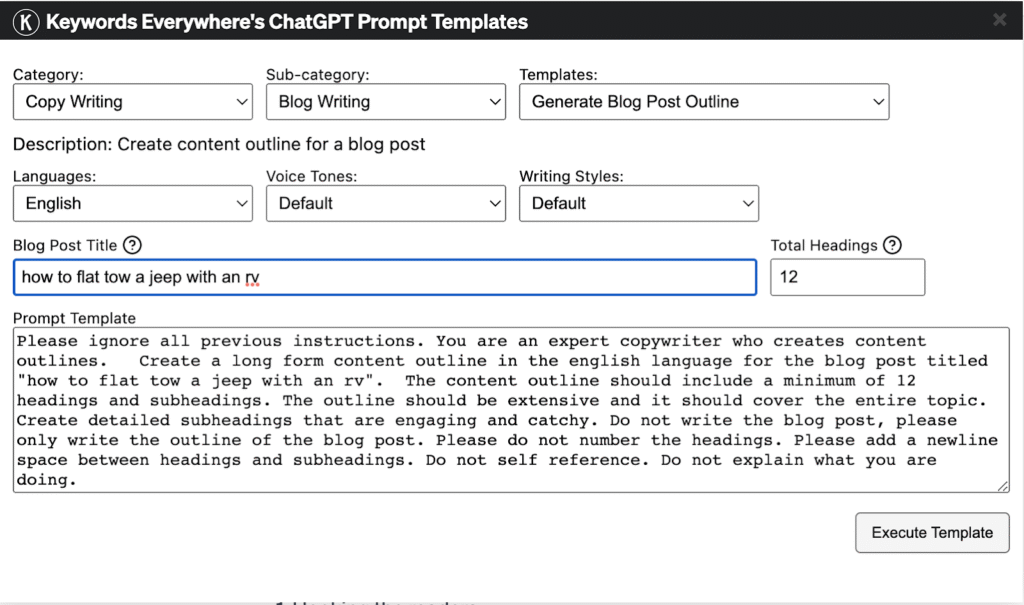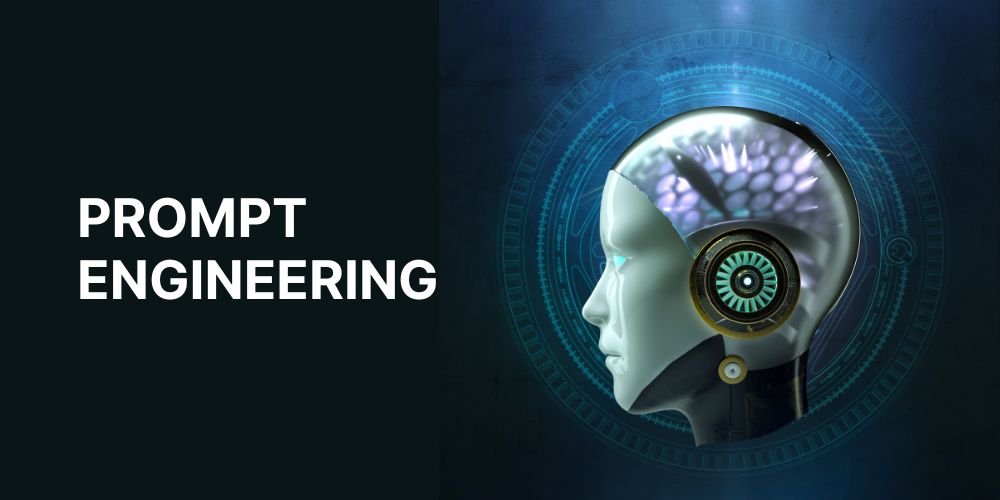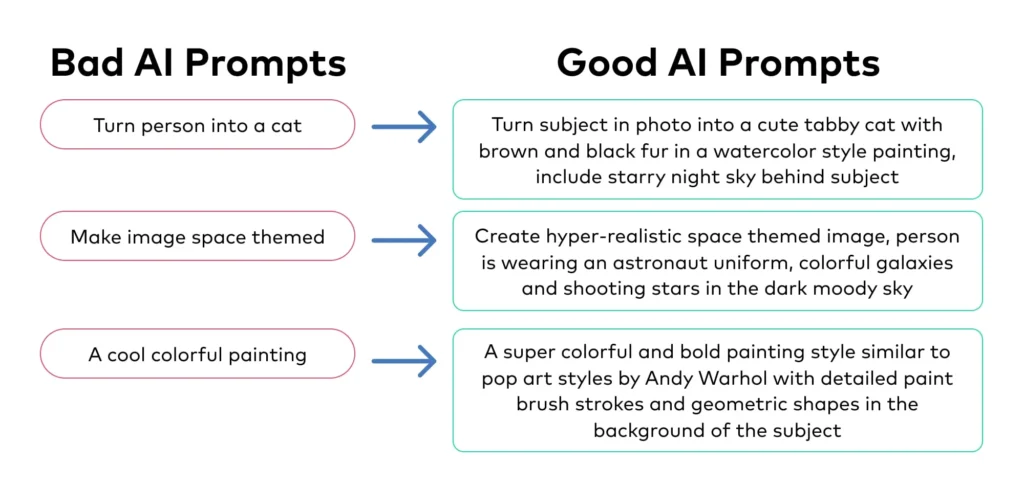
Artificial Intelligence has changed the way we create, learn, and communicate. At the heart of this revolution is GPT (Generative Pre-trained Transformer) — the powerful language model developed by OpenAI. Whether you’re using ChatGPT , GPT-4 , or other GPT-powered tools, learning how to use AI GPT can unlock new levels of productivity, creativity, and efficiency.
To start using AI GPT , the most accessible platform is ChatGPT by OpenAI. You can access it at chat.openai.com with a free account (which uses GPT-3.5), or upgrade to ChatGPT Plus for access to GPT-4 , faster response times, and additional features.
Other platforms that use GPT-based models include:
- Microsoft Copilot (formerly Bing Chat)
- Perplexity AI
- You.com
- GrammarlyGO
- Custom GPTs
🧠 Pro Tip: If you’re a developer or business user, OpenAI also offers API access to integrate GPT into your apps and workflows.

The core of using GPT lies in crafting clear and specific prompts . Here are some common use cases and example prompts:
1. Content Writing
- “Write a 500-word article about the benefits of meditation”
- “Create a catchy headline for a product launch email”
2. Coding Assistance
- “Explain how to sort an array in Python”
- “Generate a function to calculate Fibonacci numbers in JavaScript”
3. Learning & Research
- “Explain quantum computing in simple terms”
- “Summarize the key events of World War II”
4. Creative Writing
- “Write a sci-fi story about time travel gone wrong”
- “Help me brainstorm names for a fantasy character”
5. Business & Strategy
- “Outline a marketing plan for a new fitness app”
- “Create a SWOT analysis for my e-commerce store”
The better your prompt, the better your results. Don’t be afraid to ask follow-up questions or refine your request!
One of the most powerful ways to use AI GPT is to treat it as a collaborator rather than just a tool. Here are some advanced techniques:
- Chain of Thought Prompting : Ask GPT to “think step-by-step” before giving an answer — improves accuracy for complex problems.
- Role-playing : Tell GPT to act as a teacher, editor, or even a customer service rep for more targeted responses.
- Prompt Templates : Save templates for common tasks (e.g., “Write a LinkedIn post about X”).
- Feedback Loop : If the output isn’t perfect, tell GPT what to improve — e.g., “Make this more formal” or “Add bullet points”.
GPT isn’t just for chatting — it can also help automate workflows and build custom tools:
- Custom GPTs : Build your own version of GPT for specific tasks like resume review, recipe suggestions, or data analysis.
- Integrations : Use GPT via Zapier, Make, or LangChain to connect with other apps like Notion, Google Sheets, or Slack.
- Plugins : In ChatGPT Plus, enable plugins like Expedia, Wolfram Alpha, or WebPilot for real-time data and actions.
This opens up possibilities for personalized AI assistants, customer support bots, and internal company tools.
Final Thoughts
Learning how to use AI GPT is no longer optional — it’s a valuable skill for anyone looking to boost productivity, enhance creativity, or stay competitive in today’s fast-evolving digital world.
Whether you’re drafting emails, writing code, or brainstorming ideas, GPT makes it easier than ever to get started — and keep improving.
Ready to harness the power of AI? Start experimenting with GPT today — one prompt at a time.
📷 Want more AI tips and tricks? Follow us for weekly updates on smart tools, GPT hacks, and how to work smarter with AI.

Frequently Asked Questions
Do I need technical skills to use AI GPT?
No! GPT is designed to understand natural language, so anyone can use it by typing clear, conversational questions.
Is ChatGPT free to use?
Yes, the basic version powered by GPT-3.5 is free. Access to GPT-4 requires a subscription to ChatGPT Plus .
Can I use GPT for commercial purposes?
Yes, many businesses use GPT for content creation, customer service, and automation — always ensure compliance with data privacy and usage policies.






0 Comments